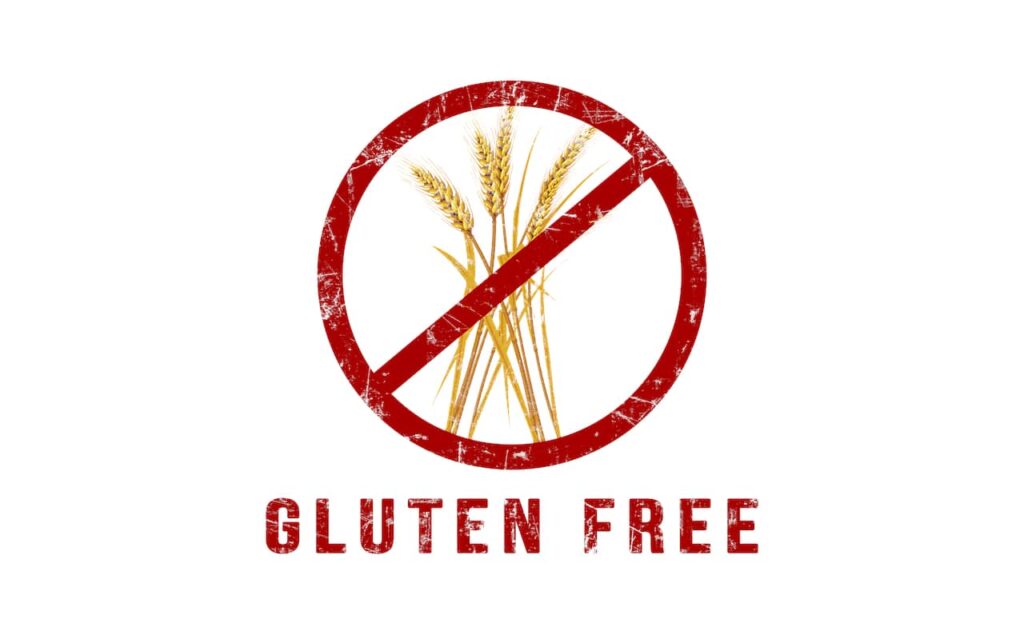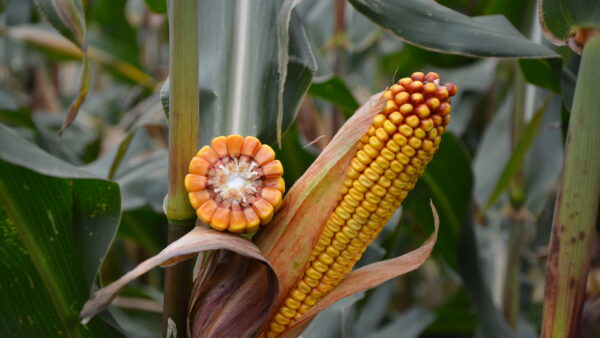With the advancements in communication technology and the ease of access to the global market, it’s much easier for seed processors to find and connect with markets from all over the world. This has created a demand for high-quality agricultural products, which requires advanced technology for processing and sorting.
As a result, companies are investing in new technologies to improve their efficiency and product quality, or as an added value step to meet demand. The European Union’s Farm to Fork strategy is a perfect example.
One of the goals of the strategy is to reduce food waste throughout the supply chain. Colour sorters can help achieve this goal by removing defective products and foreign materials from the food stream before they reach consumers. By eliminating unwanted materials, the sorting process can increase the efficiency of food production and ensure the safety and quality of the food products.
But to effectively seize these new opportunities, you must work with a partner who has expertise in designing and operating a plant that can be flexible to meet different processing needs.
We use the term “Nexeed know-how” to describe this. The lentil business in Saskatchewan is an example of how a crop can transform into a global export commodity with the right processing and market connections. Much of that know-how was developed by working closely with many customers for the past 25 years. Best practices in process flow, finely tuned recipes and state-of-the-art camera technology creating a table-ready product.
Jumping ahead to today. Gluten-free options are a big consumer demand. Oats have an edge in this regard, but a few stray barley kernels in there can spoil the batch. Nexeed has been meeting those challenges and gaining new know-how as a result.
Our partner at Cimbria SEA recently came to the market with camera and light technology in the ultraviolet spectrum to get barley out of oats. Many oat products on the grocery store shelves in North America are produced right here in Western Canada because of this. Similar stories can be told about pea, faba, flax and hemp products.
Having someone with local knowledge and expertise is important when it comes to designing and operating equipment for a specific region or market. Those experts have a better understanding of the unique challenges and requirements of that region.
As I’ve written before, small changes to existing processing plants can lead to new opportunities, and more and more seed plants are capitalizing on those opportunities.
You could be one of them, if you know who to work with to make it happen. Harnessing that expertise can help ensure that the equipment is designed and operated in a way that maximizes its performance and efficiency in that particular context, so you can be an effective player and take advantage of the opportunities that are out there in seed processing.









